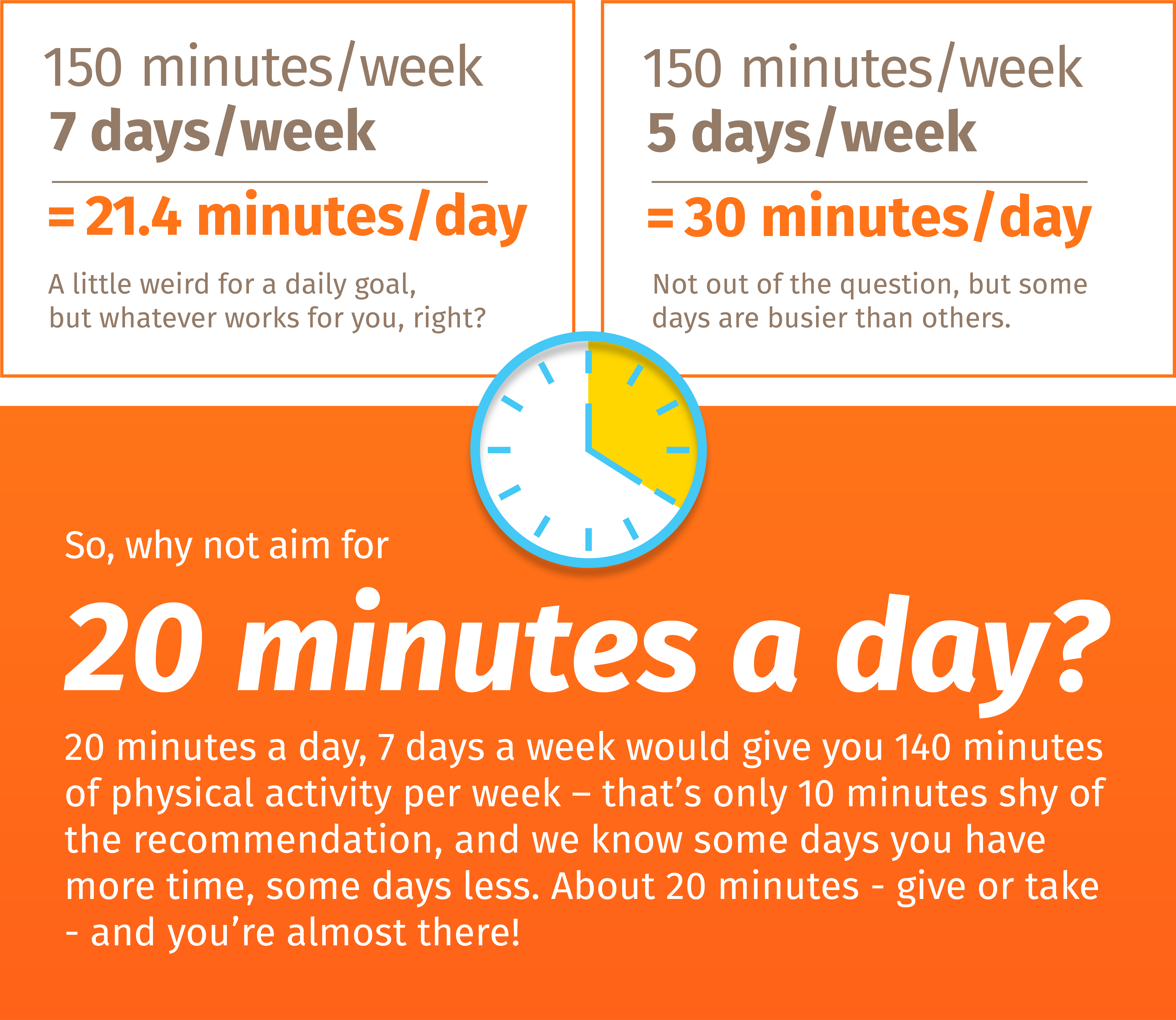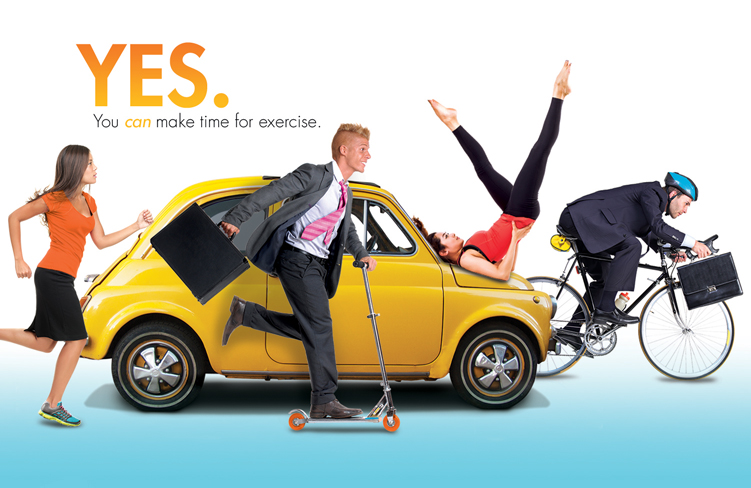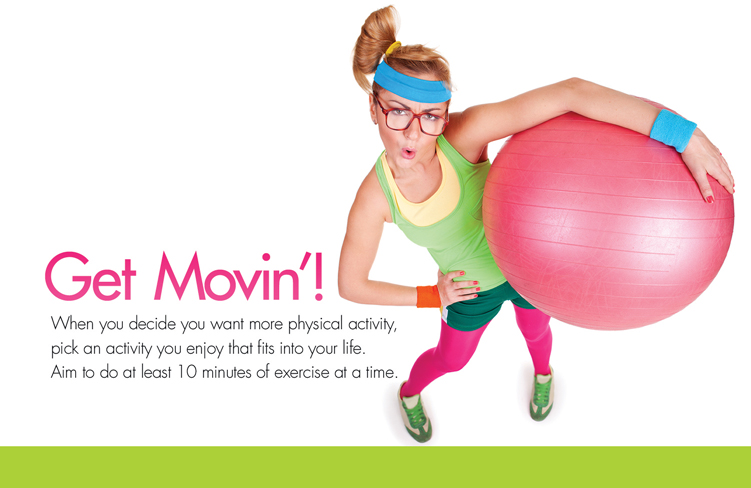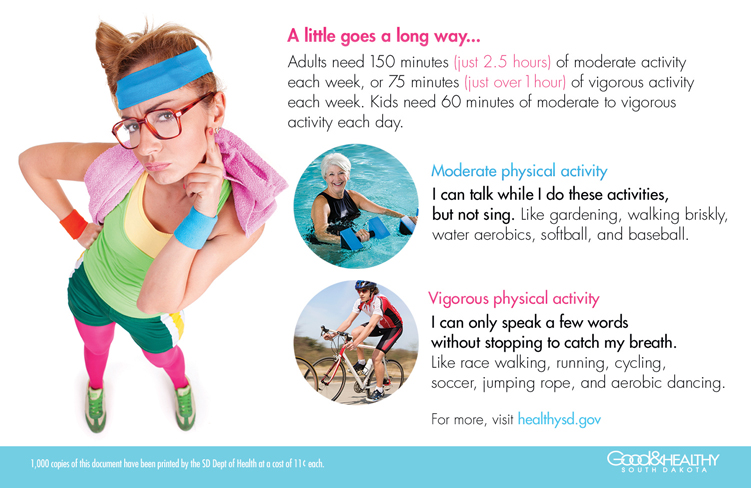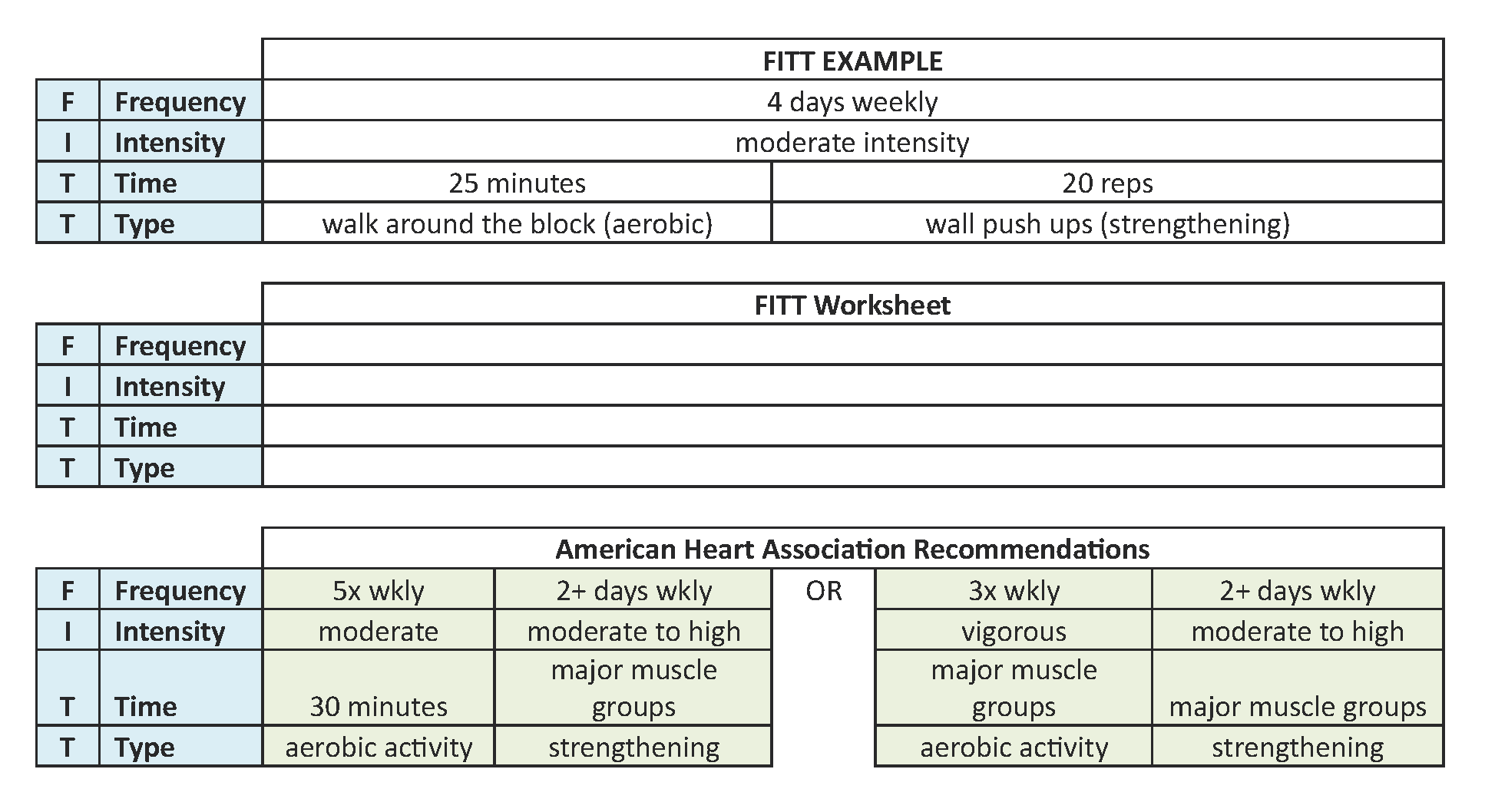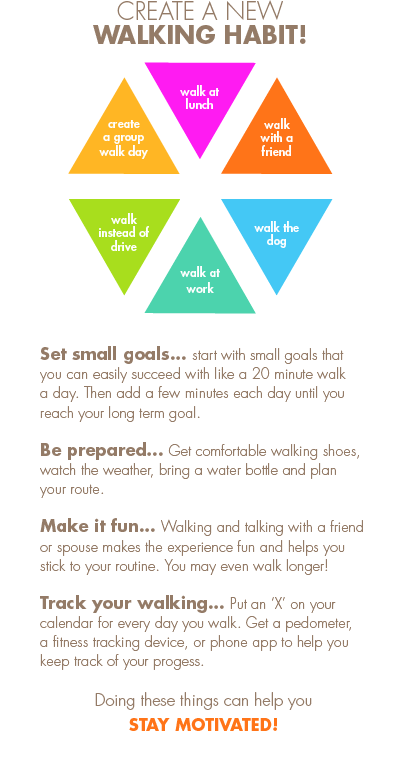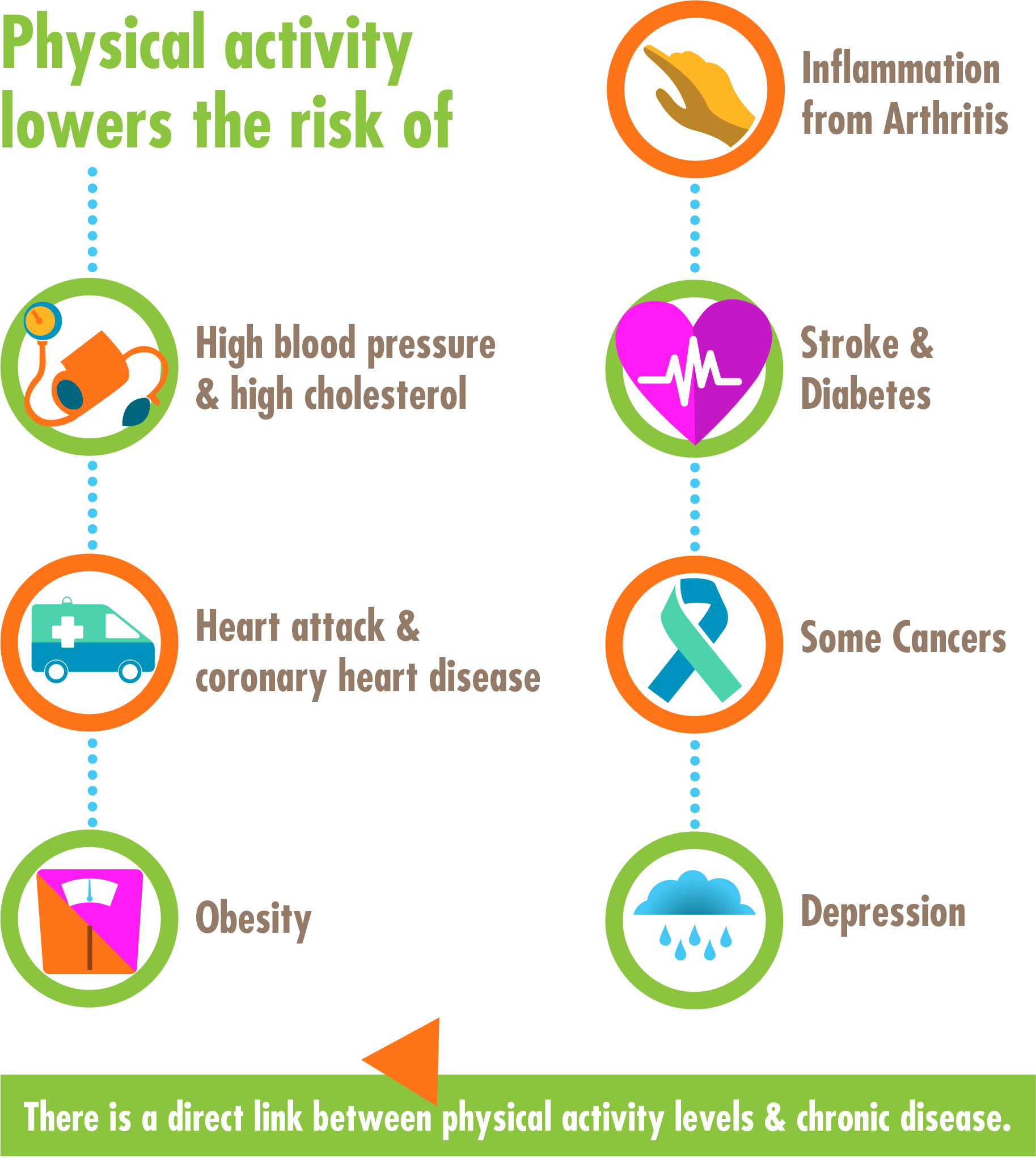To eat well, it’s best to choose a mix of nutrient-dense foods every day. Nutrient-dense foods are foods that have a lot of nutrients but relatively few calories. Look for foods that contain vitamins, minerals, complex carbohydrates, lean protein, and healthy fats.
What Foods Should I Eat?
Plan your meals and snacks to include
- fruits and vegetables
- grains, especially whole grains
- low-fat or fat-free dairy products
- seafood, lean poultry and meats, beans, eggs, and unsalted nuts
- limited amounts of solid fats. Consume less than 10 percent of calories from saturated fats. Keep intake of trans fats as low as possible.
- limited amounts of cholesterol, salt (sodium), and added sugars.
Benefits of Vegetables, Fruits, and Grains
Vegetables, fruits, and grains offer important vitamins and minerals to keep your body healthy. Most of these foods have little fat. They also have no cholesterol. Fruits, vegetables and grains are also a source of fiber, and eating more fiber may help with digestion and constipation and may lower cholesterol and blood sugar.
Vegetables, fruits, grains and beans also give your body phytochemicals. Phytochemicals are natural compounds such as beta-carotene, lutein and lycopene. Like vitamins, minerals, and fiber, phytochemicals may promote good health and reduce the risk of heart disease, diabetes, and some cancers. Research is underway to learn more about these natural compounds.
Eat a Variety of Vegetables Daily
Eat a variety of colors and types of vegetables every day.
- Broccoli, spinach, turnip and collard greens, and other dark leafy greens are good choices.
- You might also choose red and orange vegetables, such as tomatoes, carrots, sweet potatoes, pumpkin, red peppers, or winter squash.
Vegetables may be purchased raw or cooked, frozen, canned, or dried/dehydrated. They may be eaten whole, cut-up, or mashed.
Enjoy a Variety of Fruits
Eat a variety of fruits every day. To make sure you get the benefit of the natural fiber in fruits, choose whole or cut-up fruits more often than fruit juice. Fruits may be purchased fresh, canned, frozen, or dried and may be eaten whole, cut-up, or pureed.
Get Your Grains
Any food made from wheat, rye, rice, oats, cornmeal, barley, or another cereal grain is a grain product. Grains fall into two main categories: whole and refined. Foods made from whole grains are a major source of energy and fiber.
When choosing grain foods, try to make at least half your grains whole. In other words, at least half of the cereals, breads, crackers, and pastas you eat should be made from whole grains. Include whole grains in your diet every day.
Why Whole Is Better
Whole grains are better sources of fiber and nutrients than refined grains, such as white flour or white rice. Refined grains have had both the bran and germ removed and don’t have as much fiber or as many nutrients as whole grains. Most refined grains are enriched, with some B vitamins and iron added back in after processing. However, fiber is not replaced.
Whole grain foods, such as whole wheat bread, are made with the entire seed of a plant, including the bran, the germ, and the endosperm. Together, they provide lots of vitamins, minerals, antioxidants, carbohydrates, and fiber.
Try whole wheat pasta instead of regular pasta or use brown rice in a casserole in place of white rice. Look for “whole wheat” or “whole oats” rather than just “wheat” or “oats” on the ingredients list of packaged goods to make sure you’re getting whole grains.
Choose Dairy Every Day
Low-fat or fat-free dairy products should be among the foods you choose every day, too. These products provide calcium and vitamin D to help maintain strong bones. They also provide protein and potassium. Low-fat or fat-free milk, cheese, and yogurt are good options.
If you don’t drink milk, be sure to have other products that contain the nutrients that milk provides. Some cereals and juices are fortified with extra calcium and vitamin D. Salmon, sardines and mackerel are good sources of vitamin D.
If Lactose Is a Problem
If you avoid milk because of its lactose (milk sugar) content, you can get needed nutrients from lactose-reduced or low-lactose dairy products. You might also drink small amounts of milk several times a day or take tablets with the enzyme lactase (available in most drugstores and grocery stores) before consuming dairy products. Other sources of calcium include foods such as hard cheese, yogurt, canned fish like salmon or sardines, and calcium-fortified tofu or soy beverages.
Eat Protein Every Day
Protein helps build and maintain muscle and skin, and you should include protein in your diet every day. Seafood, meats and poultry are sources of protein, B vitamins, iron, and zinc. When buying meats and poultry, choose lean cuts or low-fat products. They provide less total fat, less saturated fat, and fewer calories than products with more fat.
For instance, 3 ounces of cooked, regular ground beef (70% lean) has 6.1 grams of saturated fat and 230 calories. Three ounces of cooked, extra-lean ground beef (95% lean) contains 2.9 grams of saturated fat and 164 calories.
Vary Your Protein Choices
Consider varying your sources of protein. Try replacing some meat and poultry with seafood or with bean, tofu, or pea dishes. These foods tend to be low or lower in saturated fats, and beans and peas provide fiber. Pinto beans, kidney beans, black beans, chickpeas, split peas, and lentils are all healthy options. Look for ways to add unsalted nuts and seeds to your meals and snacks too, but keep amounts small since these foods are high in calories.
Some Fats Are Better Than Others
Fats are a source of energy and help maintain healthy organs, skin and hair. Fats also help your body absorb vitamins A, D, E, and K. It’s okay to include some oils and fats in the foods you eat, but be aware that fat contains more than twice as many calories as protein or carbohydrates. Try to choose foods that are low in fat or fat free.
Choose polyunsaturated and monounsaturated fats when possible.
Sources of better fats include vegetable oils such as soybean, corn, canola, olive, safflower, and sunflower oils. Polyunsaturated fat is also in nuts, seeds, and fish. Walnuts, flaxseed and salmon are examples of foods with polyunsaturated fat.
Drink Liquids, Especially Water
Be sure to consume plenty of liquids, especially water. You need to replace the fluids you lose every day. This may help prevent constipation and dehydration. Besides water, other good choices are unsweetened tea, low-fat or fat-free milk, and 100 percent fruit juice. You can also increase your intake of water by eating vegetables and fruits, which have a high moisture content.
Read Food Labels
Read the food labels on packaged foods and canned goods to learn what’s in the products you buy. All food labels contain a list of ingredients and nutrition information. Ingredients are listed in order by weight, which means that the ingredient present in the largest quantity is listed first and the ingredient present in the smallest quantity appears last. Nutrition information is found on the Nutrition Facts label.
Consider the DASH Eating Plan
Another balanced eating plan is the DASH eating plan. DASH stands for Dietary Approaches to Stop Hypertension. It is designed to help prevent or manage high blood pressure, or hypertension. The plan suggests which foods to eat and how much to eat. Your doctor may recommend other eating plans to help manage health conditions that occur as you get older. Read more about DASH online, or contact the National Heart, Lung, and Blood Institute at 1-301-592-8573 or 1- 240-629-3255 (TTY)
Visit ChooseMyPlate.gov
The MyPlate plan from the U.S. Department of Agriculture, or USDA, can help you choose a mix of healthy foods that are right for you.
The Best Way to Get Nutrients
Wholesome foods provide a wealth of vitamins, minerals, and other nutrients you need to stay healthy. Eating properly is the best way to get these nutrients. However, if you have concerns that you are not eating as well as you should, you should talk to your doctor about taking a multivitamin and mineral supplement.

